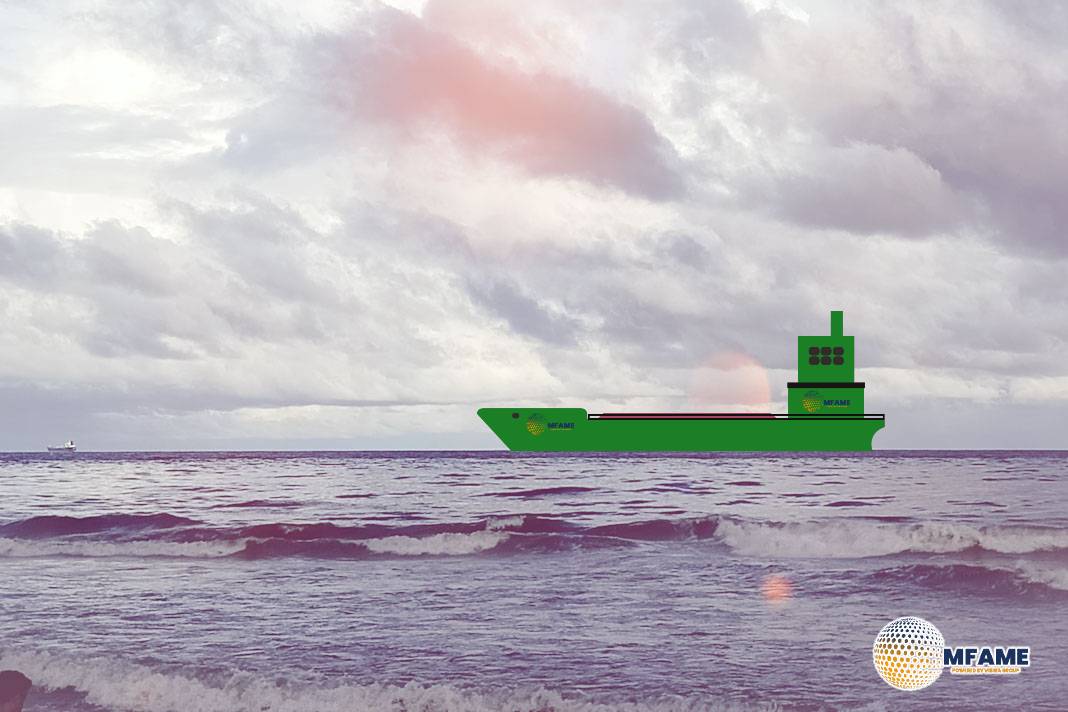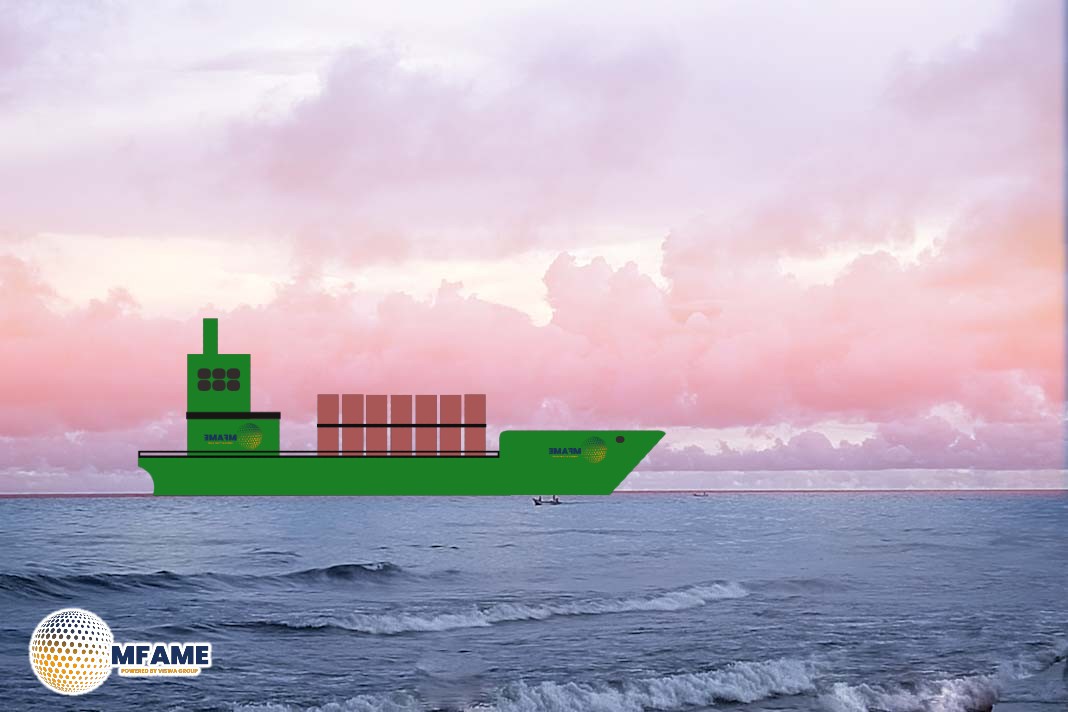- Global Seaborne Trade Sees Rise of Developing Economies.
- Dry Cargo Overtakes Liquid Bulk in Maritime Trade Shift.
- New UNCTAD Data Highlights Changing Patterns in Global Shipping.
On 15 April, the UN Conference on Trade and Development (UNCTAD) published revised seaborne trade statistics, including detailed country-level data for the first time. Maritime shipping is still the backbone of world trade, carrying more than 80% of merchandise around the world by volume. It is essential in connecting global value chains by shipping raw materials, semi-finished goods, and finished products, driving industrialisation, economic development, and jobs, reports UNCTAD.
Seaborne Trade Evolves with Global Trends
Throughout the decades, seaborne trade has been influenced by containerization, the economic ascendance of developing countries, and changing patterns of production and consumption. In recent times, digitalisation, geopolitics, and sustainability efforts are transforming the maritime industry.
A More Detailed Overview of World Maritime Cargo
The new country-level data set, constructed from government-reported official trade data submitted to UN Comtrade, provides a more precise and accurate picture of maritime cargo streams. This better data will enable countries:
- Keep track of their trade performance and competitiveness
- Assess their participation in global value chains
- Influence port and transport infrastructure investment decisions
- Follow up on progress towards Sustainable Development Goal 9.1.2 in quality, reliable, sustainable, and resilient infrastructure
Developing Countries’ Increasing Involvement in Maritime Trade
Traditionally, developing countries mainly served as export terminals for raw materials with minimal import roles in manufactured items. Since the 1970s, developments such as oil shocks, trade liberalisation, port private sector involvement, and container shipping expansion have altered this paradigm.
By the early 2000s, intra-developing country trade picked up speed. Their percentage of international maritime freight increased from 38% in 2000 to 54% in 2023, and Asia, particularly China, led the growth. Still, the least developed countries and small island developing states retain a relatively low proportion due to economic and infrastructure constraints.
Turn from Liquid to Dry Cargo
Seaborne commerce, hitherto ruled by liquid bulk such as crude oil, witnessed a significant inclination towards dry cargo such as coal, iron ore, grains, and finished goods. Crude oil’s weightage of maritime cargo from the world dipped to 29% in 2000 and subsequently to 18% in 2023 while dry bulk products rose to 27% to 36%. This trend highlights shifts in patterns of international commerce, particularly the growing stature of China.
Maritime Trade Resilient Amid Disruptions
Even with overall expansion, maritime commerce has experienced times of disruption, most notably the 2008–2009 financial crisis and the COVID-19 pandemic. More recently, disruptions like the war in Ukraine, tensions in the Red Sea, and drought conditions in the Panama Canal have exposed vulnerabilities along major shipping routes and corridors.
Did you subscribe to our daily Newsletter?
It’s Free Click here to Subscribe!
Source: UNCTAD

















